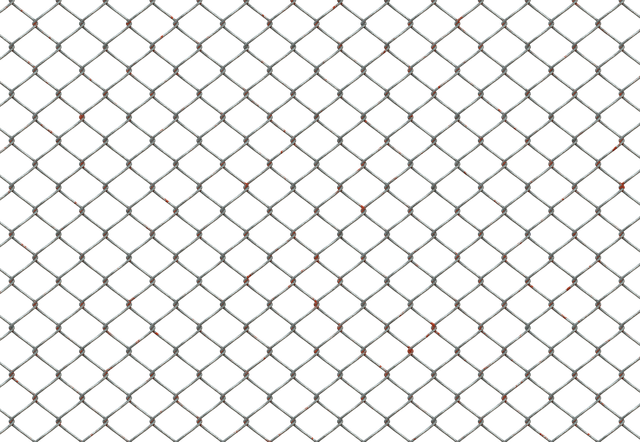For New Bedford, Massachusetts homeowners looking to install a DIY fence, this comprehensive guide offers essential tips and step-by-step instructions. Before you begin, assess your specific fence needs, property lines, and local regulations to ensure compliance. Gather the right materials—adapted to the area’s climate—and tools for a successful installation. This article breaks down the process into manageable sections: from planning and preparation to installation, maintenance, and safety considerations, ensuring your DIY fence project is both functional and aesthetically pleasing.
- Assess Your Fence Needs and Property
- – Determining fence type and purpose
- – Measuring and marking property lines
- – Understanding local regulations and permits
Assess Your Fence Needs and Property
Before starting your DIY fence installation project, it’s crucial to assess your specific fence needs and property characteristics. Consider factors like your yard’s layout, the style you prefer, and functional requirements such as privacy or security. Take measurements of the areas where you want the fence to be installed, keeping in mind local regulations regarding fencing in New Bedford, Massachusetts.
Examine the condition of existing fences or structures on your property, ensuring they are properly removed or accounted for in your plan. Assess the type of materials best suited for your climate and conditions, whether it’s wood, vinyl, or chain link fence. Understanding these aspects will help you make informed decisions during the installation process, ensuring a successful DIY project that aligns with your vision and meets your property’s unique needs.
– Determining fence type and purpose
When it comes to DIY fence installation, New Bedford homeowners should start by considering both the aesthetic appeal and practical purposes their fence will serve. Different types of fences – from wood picket to vinyl privacy panels – offer varying levels of security, visual appeal, and durability. For instance, a tall wooden fence provides better privacy but requires more maintenance than a low vinyl fence.
Determining the purpose of your fence is equally important. Is it for keeping pets in the yard? Creating a visual boundary between your property and neighbors? Or enhancing curb appeal with an attractive, elegant design? Understanding these factors will guide your choice of materials, design, and installation approach, ensuring you end up with a fence that meets both your practical needs and aesthetic preferences.
– Measuring and marking property lines
Before you begin installing your fence, it’s crucial to accurately measure and mark your property lines. This step is essential for ensuring your fence stays within legal boundaries and avoids potential disputes with neighbors. Start by obtaining a survey of your property or using a measuring tape and flagging tape to mark out the perimeter yourself. Identify and note any existing structures, trees, or other obstacles that could affect the fence’s placement.
Visual aids are helpful here; use chalk or paint to mark the ground along your desired fence line. This will serve as a clear guide during installation, making it easier to stay aligned and maintain a straight, legal fence. Additionally, check local regulations and homeowner association rules, if applicable, regarding fencing to ensure compliance before proceeding with any installation work.
– Understanding local regulations and permits
Before tackling any DIY fence installation project, New Bedford homeowners must familiarize themselves with local building codes and permit requirements. These regulations are in place to ensure safety, maintain property values, and preserve community standards. Checking with your town or city clerk’s office is a great first step to understand what permits are needed for your specific fence type and size. Some areas may have restrictions on fence materials, heights, and locations, especially near public right-of-ways or neighboring properties.
It’s crucial to obtain the necessary permits before breaking ground to avoid costly fines and potential project delays. Local building departments often provide detailed guidelines and applications for fence installations, ensuring that your project complies with all relevant regulations. This proactive approach will not only make the installation process smoother but also ensure your new fence is safe, durable, and in compliance with New Bedford’s zoning laws.
